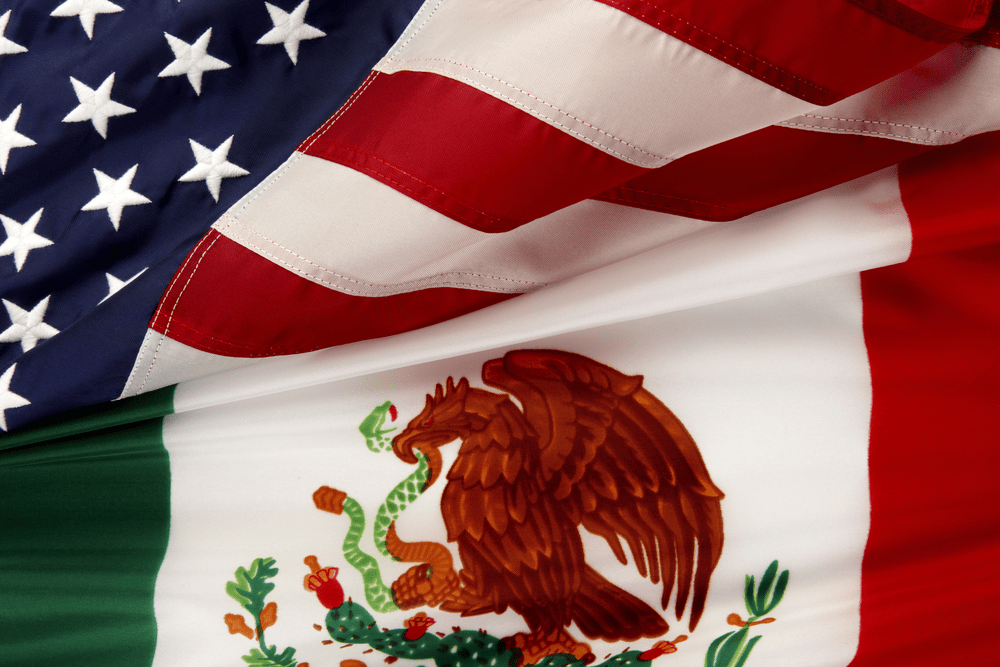The results of the HLED between Mexico and the United States over the past three years are mainly related to supply chains and the environment, among other varied aspects.
Overall, the HLED (U.S.-Mexico High Level Economic Dialogue) has been positive for bilateral economic cooperation.
As of September 9, 2021, the HLED was reactivated with the objective of advancing strategic economic, social and trade priorities between the two countries.
The HLED has four central pillars:
- Strengthen supply chains and facilitate trade between the United States and Mexico.
- Promote economic, social and sustainable development in southern Mexico and Central America to address the structural causes of migration in northern Central America.
- Mitigate cyber threats and improve data flow between the two countries.
- Train and promote a more educated and competitive workforce, as well as integrate small and medium-sized enterprises into regional value chains.
HLED
On December 13, 2021, the Ministry of Foreign Affairs, the Ministry of Economy and the Ministry of Finance and Public Credit, together with the U.S. administration, presented a work plan based on the HLED.
This plan also includes more than 10 concrete projects focused on four pillars.
Then, on September 12, 2022, the United States and Mexico held the second annual HLED meeting.
At this meeting, both countries reaffirmed their commitment to strengthening North American supply chains and improving regional competitiveness.
Special emphasis was placed on the semiconductor and information and communications technology ecosystems.
The two governments also pledged to invest in border infrastructure and modernization projects.
This will be done, accordingly, through the passage of the U.S. Jobs and Infrastructure Investment Act, which allocates $3.4 billion for 26 major projects at land ports of entry.
In addition, Mexico committed to invest $1.5 billion in border infrastructure between 2022 and 2024.
Environment
The third annual meeting of the HLED was held on September 29, 2023.
The meeting also highlighted the actions taken by the U.S. Environmental Protection Agency and Semarnat to jointly promote the use of innovative environmental technologies.

